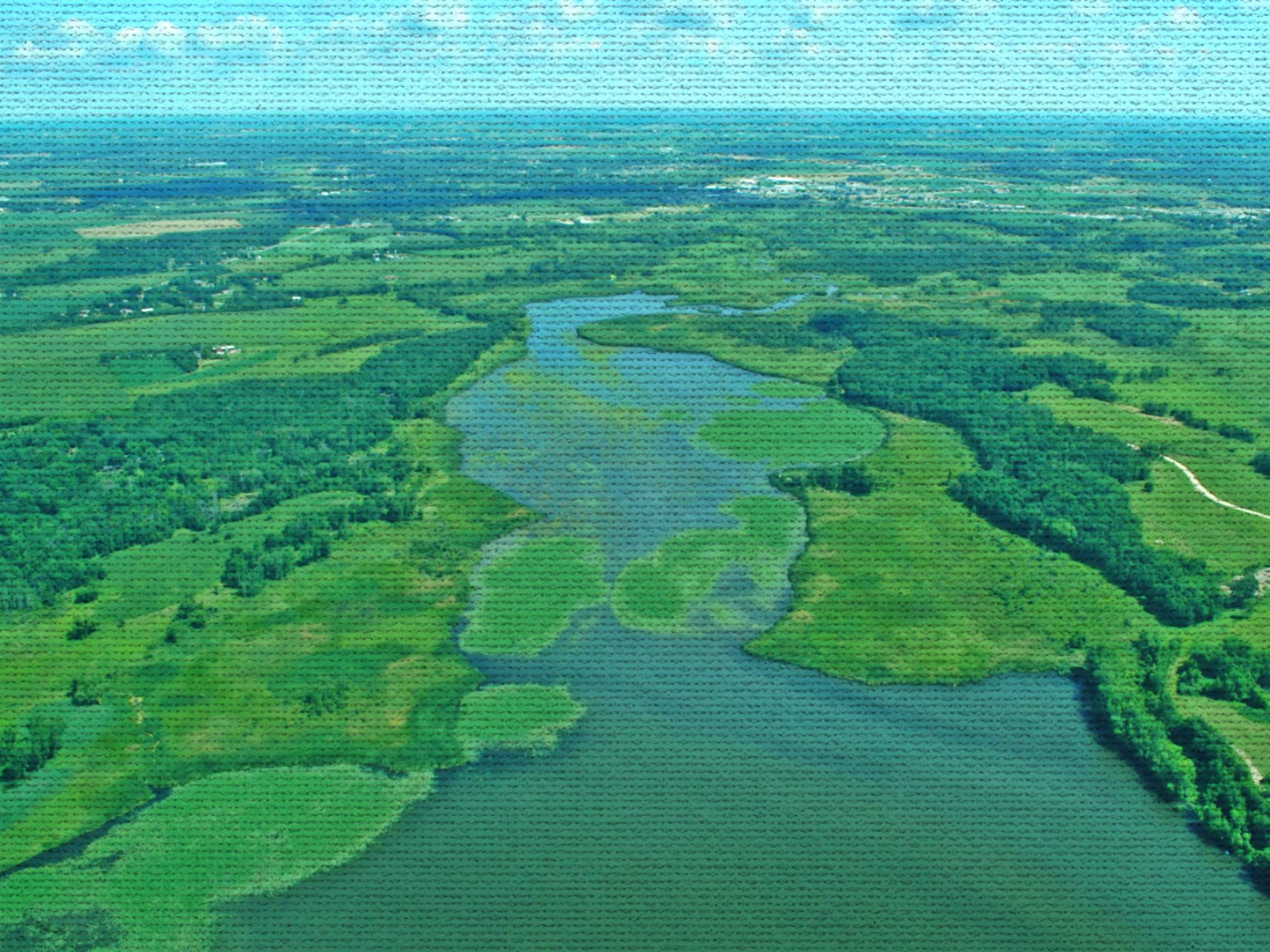
How The Popularity Of Pizza Plays A Role In Water Quality

Phosphorus is a well-known culprit for water quality problems in Wisconsin, and an excess of this nutrient in soils impedes efforts to clean up lakes. Several groups of people play critical roles in reducing phosphorus pollution and improving lakes – farmers, policymakers and scientists, to name a few – but how does the "average" person fit in?
One way is through cheese.
The following visual essay shows how consumers are connected with the phosphorus predicament and approaches to address it, through an important piece of the lake-quality equation that is less often discussed: food choices. Not to spoil the story, but the popularity of pizza has something to do with this relationship.
The creation of this essay was an effort based on input from and research conducted by several members of the Water Sustainability and Climate Project at the University of Wisconsin-Madison, a six-year endeavor funded by the National Science Foundation. It's intended to initiate and support productive conversations about solutions for clean lakes – and thriving agriculture – in the cheesehead state.
Jenny Seifert is the science writer and outreach coordinator for the Water Sustainability and Climate Project at the University of Wisconsin-Madison. Eric Booth is an assistant research scientist on the project and with the departments of Agronomy and Civil & Environmental Engineering at UW-Madison. Chris Kucharik is the principal investigator of the project and a professor in the Department of Agronomy and Nelson Institute for Environmental Studies at UW-Madison.
This report is the copyright © of its original publisher. It is reproduced with permission by WisContext, a service of PBS Wisconsin and Wisconsin Public Radio.


